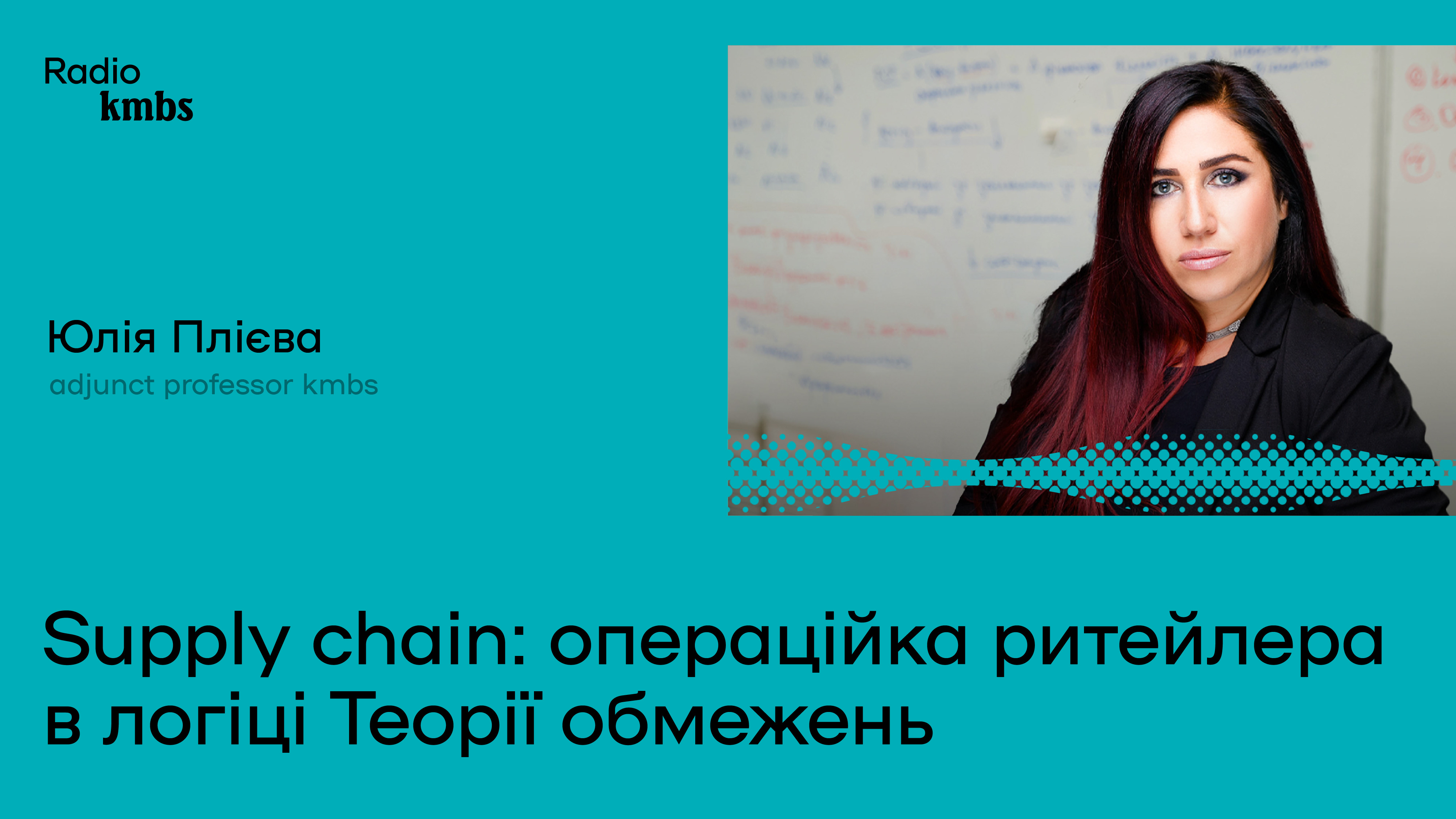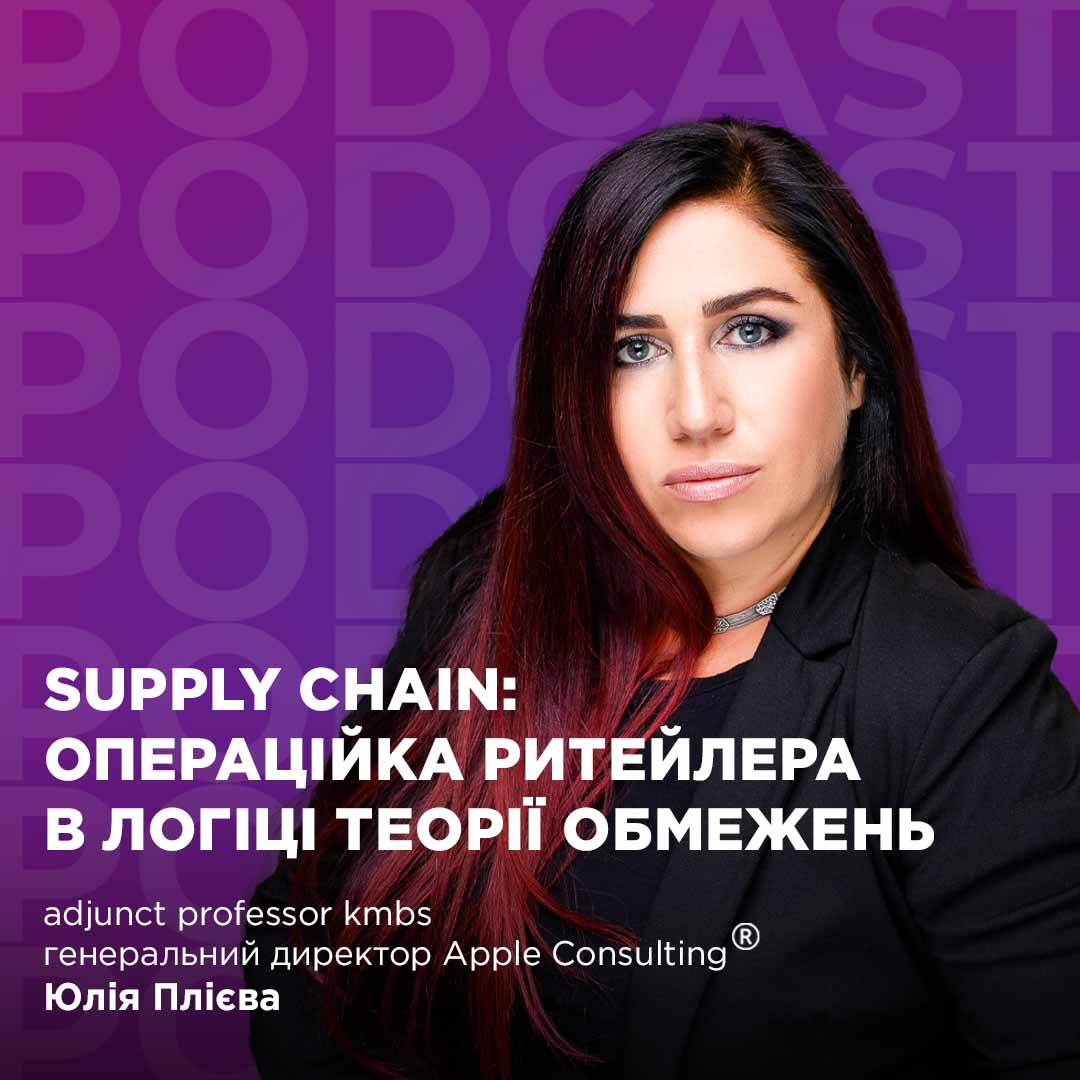Learn first
KMBS latest news in real time

For the latest KMBS events and news, visit KMBS Live at the top right corner of the screen
Open kmbs livedates of programs start
4/11/2024
Format
3 Days
10:00 – 17:30
cost
27000 uah
Unboring operations: solutions of the theory of constraints for products with short and long lifecycles
Reliable operational processes in retail networks that ensure manageability and sustainable development instead of firefighting.
Audience - founders, CEOs, operations directors, commercial directors, logistics directors, category managers, regional directors, who:
The program helps find solutions in the following areas:
Global and local outlook on retail in Ukraine and the world
Features and requirements for retail of products with short and long lifecycles
Interaction between manufacturer-distributor-network: how each party views each other and what is required
Technologies to increase inventory turnover
Technologies to ensure the reliability of the defined assortment in locations without penalizing suppliers
A new assortment rotation system in categories that increases inventory turnover
Effective work with various products during peak demand fluctuations: promotions, activities, seasonality
Increase in profitability through the restructuring of operational processe
The structure of the program
Program Philosophy
Day 1
4 November
Day 2
5 November
Day 3
6 November
Faculty
Julia Plieva
more details
Adjunct professor
Oleksandr Sokolenko
more details
Visiting professor
Ihor Orlov
more details
Visiting professor
Войцеховський Войцеховський
more details
Visiting professor
Степан Слинчук
more details
Visiting professor
cost
27000 uah
Apply for the program
Let me know about next date
For more information about the program, please contact
Daryna Symych
EDP program manager
Call:
Write:

Find out kmbs news and events first
kmbs
live
15.07.2024 at 17:00


MBA preview: Business analytics as a tool for strategic management in business ...
Nearest programs in which participates
back
forward














